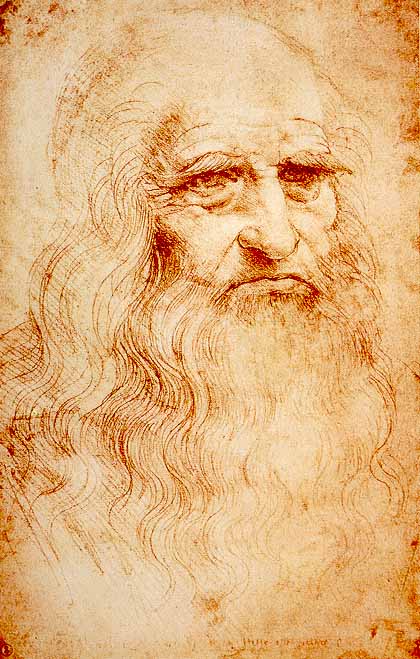Preface March 2017 When I was a kid, my aspirations were simple. I wanted a dog. I wanted a house that had stairs in it—two floors for one family. I wanted, for some reason, a four-door station wagon instead of the two-door Buick that was my father’s pride and joy. I used to tell people …
Os Quatro Poderes da Natureza
Em seu livro de mecânica teórica, Leonardo Da Vinci reúne conceitos utilizados em centenas de projetos de máquinas como pontes levadiças, paraquedas, tanques de guerra e, pasmem, veículos autopropulsores como carros e bicicletas.A base para a compreensão da mecânica aplicada estava no que Da Vinci chamava dos quatro poderes da natureza, a saber: peso, força, …


